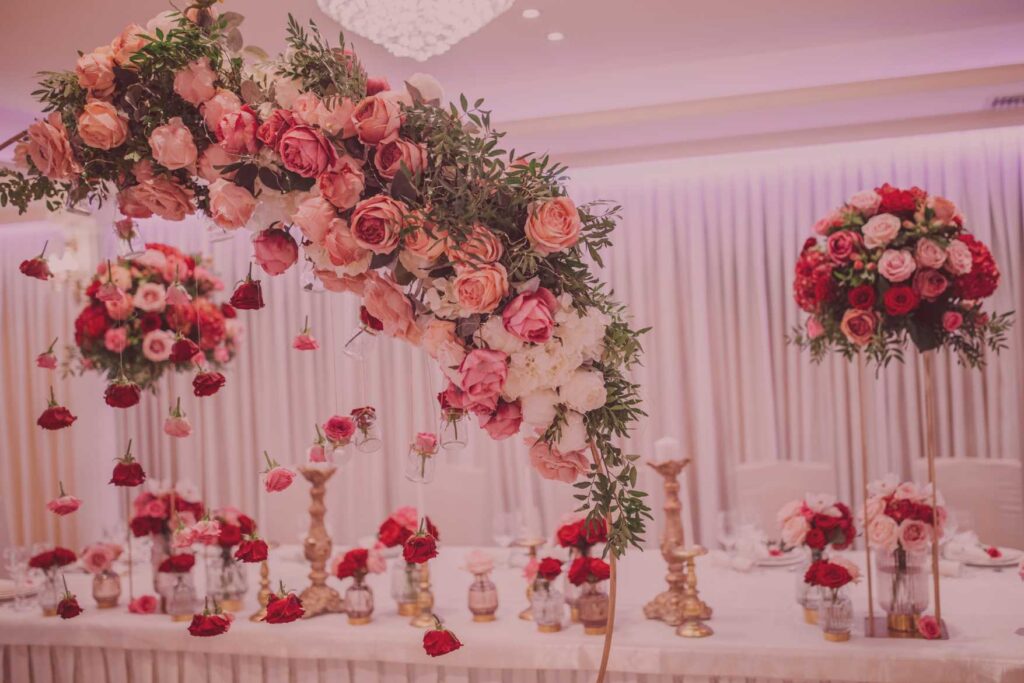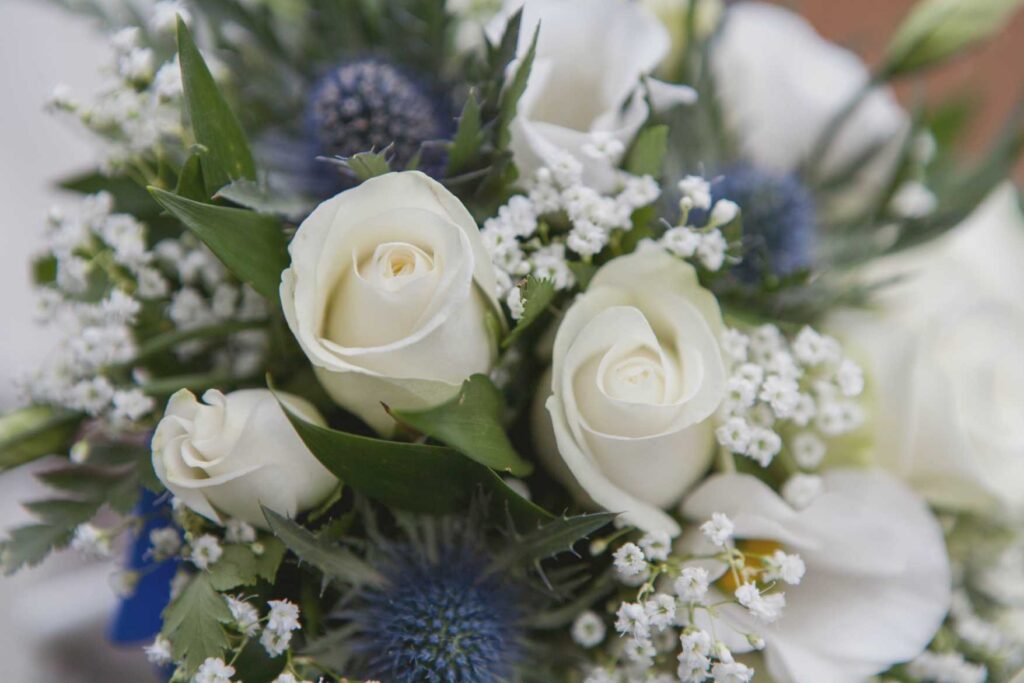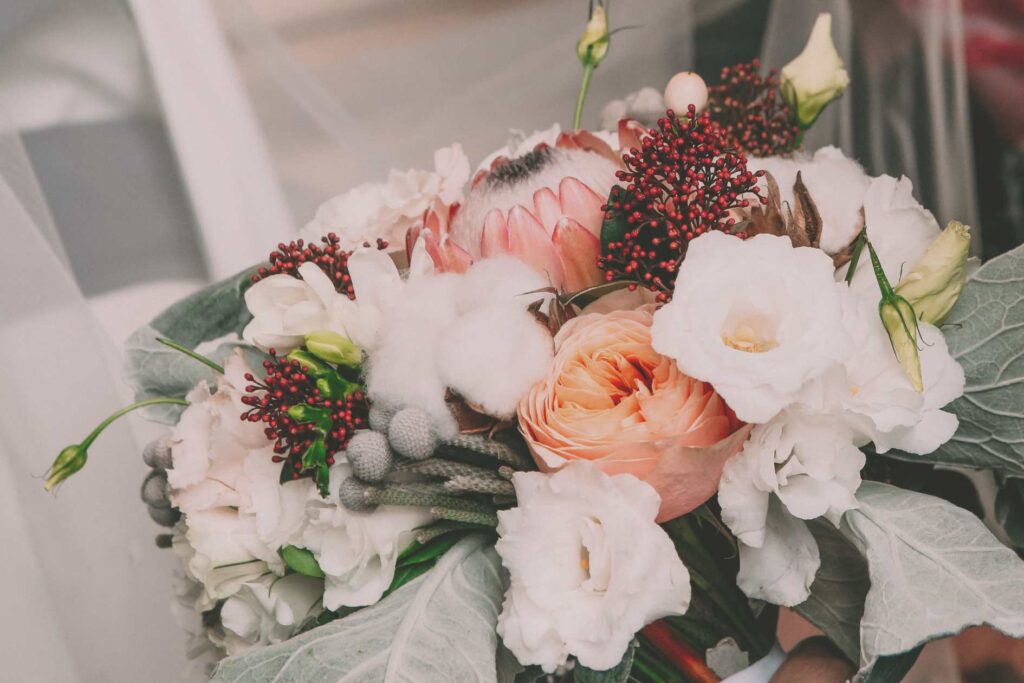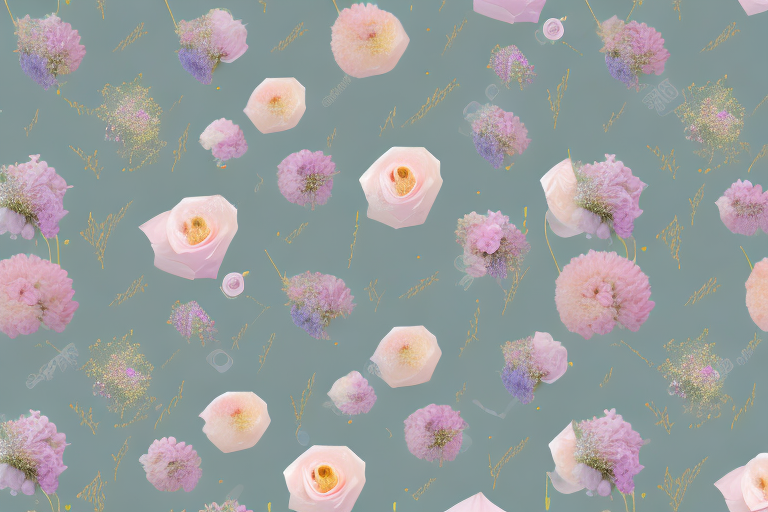Color plays a vital role in every aspect of our lives, and it has a significant impact on our emotions and behaviors. Understanding color psychology is crucial, especially when it comes to selecting wedding flowers. The colors chosen for wedding flowers can evoke specific emotions and set the tone for the entire event. By incorporating color psychology into wedding flower selection, couples can create a memorable and meaningful experience for themselves and their guests.
Understanding Color Psychology
Before delving into the world of wedding flowers ideas, it’s essential to grasp the basic principles of color psychology. Colors have the power to communicate emotions, influence moods, and trigger psychological responses. This knowledge can be a valuable tool in creating a memorable and impactful wedding.
Color psychology is a fascinating field that delves into the intricate relationship between colors and human emotions. It explores how different hues can affect our perceptions, behaviors, and even physical reactions. By understanding the underlying principles of color psychology, couples can strategically use colors in their wedding flowers ideas to enhance the overall ambiance and experience of their wedding day.
Basic Principles of Color Psychology
Color psychology is based on the understanding that different colors evoke distinct emotions and affect our overall well-being. For example, warm colors like red and orange are known to stimulate excitement and energy, while cool colors like blue and green can promote relaxation and tranquility. Even within these general categories, individual shades can convey nuanced emotions and create different vibes.

Furthermore, color psychology extends beyond just emotional responses and can also impact cognitive processes. Certain colors have been shown to enhance creativity, improve concentration, or even stimulate appetite. By incorporating this knowledge into their wedding planning, couples can design an event that not only looks beautiful but also creates a specific mood or atmosphere for their guests.
Colors and Their Associated Emotions
Each color has its own emotional associations, and these associations can influence the atmosphere and ambiance of a wedding. For instance, red is often associated with love and passion, while yellow can evoke feelings of joy and happiness. Green symbolizes growth and fertility, making it a popular choice for nature-themed weddings. Understanding the emotional impact of each color can help couples choose the perfect shades for their wedding flowers.
It’s important to note that cultural and personal experiences can also play a role in how colors are perceived. While certain colors may have universal meanings, individuals may have unique associations based on their upbringing, traditions, or past experiences. Taking these factors into consideration can add depth and personalization to the color choices for a wedding, creating a truly meaningful and memorable event.
The Role of Color in Wedding Planning
Wedding planning involves making numerous decisions, from selecting the venue to choosing the menu. Among these choices, wedding colors hold a special significance. They set the tone for the entire event and can reflect the couple’s personalities and style.
When it comes to selecting wedding colors, couples often delve deep into the symbolism and psychology of different hues. For instance, blue is associated with serenity and trust, making it a popular choice for couples aiming to create a calming and peaceful atmosphere. In contrast, bold and bright colors like fuchsia and orange can inject a sense of fun and playfulness into the celebration.
Significance of Wedding Colors
Wedding colors not only add visual appeal but also convey meaning and symbolism. For example, a couple may choose colors that hold personal significance to them, such as their favorite hues or colors associated with their cultural heritage. Alternatively, they may opt for colors that represent specific qualities they want to emphasize during their wedding.
Moreover, the psychology of colors plays a crucial role in the selection process. Warm tones like red and yellow are known to evoke feelings of passion and joy, while cool tones like green and purple can bring about a sense of tranquility and balance. Understanding these color associations can help couples create a cohesive and meaningful color palette for their special day.
Influence of Color on Wedding Atmosphere
The chosen wedding colors can greatly impact the overall atmosphere of the event. A vibrant and energetic color scheme, such as a combination of red and gold, can create a lively and festive ambiance. On the other hand, a soft and romantic palette, featuring pastel shades like blush and lavender, can promote a sense of elegance and intimacy. Careful consideration of color choices can help couples create the desired atmosphere for their special day.
Furthermore, the season and location of the wedding can also play a role in determining the ideal color scheme. For a summer beach wedding, couples might opt for a beachy palette of aqua blue and sandy beige to complement the seaside setting. In contrast, a winter wedding in a snowy landscape could be enhanced by a palette of icy blues and silver accents, evoking a sense of frosty glamour.
Wedding Flower Selection and Color Psychology
Now that we understand the significance of color psychology, let’s explore how it can be applied to wedding flower selection. Flowers are not only beautiful but also possess their own symbolism and emotional connotations. By choosing the right colors for their wedding flowers, couples can enhance the overall impact and create a cohesive visual experience.
When it comes to selecting wedding flowers, there are various factors to consider beyond just aesthetics. The season of the wedding can play a significant role in determining which flowers are readily available and cost-effective. Additionally, the venue’s ambiance and style should be taken into account to ensure that the floral arrangements complement the overall decor seamlessly.
Choosing the Right Color Palette for Wedding Flowers
When selecting wedding flowers, it’s crucial to consider the color palette. The flowers should harmonize with the chosen wedding colors to create a visually pleasing composition. Couples can opt for monochromatic arrangements by selecting flowers in shades of a single color. Alternatively, they can create contrast by combining complementary colors. The choice of color palette can drastically alter the mood and atmosphere of the wedding.
Moreover, the symbolism associated with different flower types should also be considered when choosing the color palette. For example, red roses symbolize love and passion, making them a popular choice for romantic weddings, while white lilies represent purity and innocence. By incorporating flowers with meaningful symbolism into the color palette, couples can add an extra layer of significance to their floral arrangements.
Emotional Impact of Flower Colors on Guests
The emotional impact of flowers extends beyond their physical beauty. Different flower colors elicit varying emotional responses in individuals. For example, bold and vibrant colors like red and orange can evoke excitement and enthusiasm in guests. Soft pastel tones like pink and lilac, on the other hand, create a serene and tranquil atmosphere. By understanding the emotional impact of flower colors, couples can evoke the desired emotions in their guests and create a memorable experience.
It’s essential for couples to communicate their desired emotional tone to their florist to ensure that the chosen flower colors align with the overall wedding theme. By creating a cohesive color scheme that resonates with the couple’s vision, the wedding flowers can serve as a powerful tool in setting the mood and leaving a lasting impression on guests.

Practical Tips for Applying Color Psychology in Wedding Flower Selection
Applying color psychology to wedding flower selection requires careful consideration and attention to detail. While it’s vital to incorporate color psychology into the decision-making process, individual preferences and practical considerations should also be taken into account.
When delving into the realm of color psychology for wedding flowers, it’s fascinating to explore how different hues can evoke specific emotions and set the tone for the celebration. For instance, vibrant reds symbolize passion and romance, making them ideal for couples seeking a bold and dramatic aesthetic. On the other hand, soft pastels like blush pink and lavender exude a sense of tranquility and elegance, perfect for creating a serene atmosphere.
Balancing Personal Preference and Color Psychology
Wedding flowers should reflect the couple’s personal preferences and style. While certain colors may be associated with specific emotions, it’s essential to choose shades that resonate with the couple. By combining personal preference with color psychology, couples can create a wedding that feels authentic and true to themselves.
Moreover, incorporating meaningful elements into the floral arrangements, such as incorporating a favorite flower or a hue that holds sentimental value, can add an extra layer of significance to the color choices. This blend of personal connection and color psychology results in a truly bespoke and memorable floral display.
Considering Venue and Season in Color Selection
The venue and season of the wedding can influence color choices. For example, a beachside wedding may call for a color palette inspired by the ocean, with shades of blue and turquoise. Similarly, a winter wedding may feature a palette of cool whites and silver to complement the snowy backdrop. By considering the venue and season, couples can select colors that harmonize with the surroundings and enhance the overall aesthetic.
Furthermore, taking inspiration from the venue’s existing decor and natural surroundings can help in creating a cohesive look. For instance, if the venue boasts lush greenery or rich wooden accents, incorporating earthy tones like deep greens and warm browns into the floral arrangements can seamlessly tie everything together, creating a visually stunning ambiance.

The Aftermath: Reflecting on Color Choices and Their Effects
Once the wedding is over, it’s essential to reflect on the color choices and evaluate their impact on the overall experience. This reflection can provide valuable insights for future event planning and help couples refine their understanding of color psychology. you can also read about Exploring Perth Neighbourhoods: Why Buyers Agents Offer Local Expertise by click here https://lydickhooksbrownwood.com/exploring-perth-neighbourhoods-why-buyers-agents-offer-local-expertise/
Evaluating the Success of Your Color Choices
Assessing the success of color choices involves seeking feedback from both the couple and their guests. Did the chosen colors convey the desired emotions and atmosphere? Did they enhance the overall aesthetic of the wedding? Analyzing these questions can help couples understand the effectiveness of color psychology in their wedding flower selection.
Lessons Learned for Future Event Planning
Reflecting on the color choices made during the wedding can offer valuable lessons for future event planning endeavors. Couples can take note of what worked well and what could be improved upon in terms of color selection. These insights can guide them in creating equally impactful experiences in the future.
In conclusion, the impact of color psychology on wedding flower selection cannot be underestimated. By understanding the emotional associations of different colors and carefully incorporating them into the overall wedding planning process, couples can create a truly memorable and meaningful event. The right use of color psychology in wedding flower selection not only enhances the aesthetic appeal but also evokes specific emotions and sets the desired atmosphere. So, embrace the power of color psychology, and let your wedding flowers speak volumes on your special day.
Tags: bouquet of flowers wedding, cost of flowers for wedding, cost of wedding flowers, dried flowers for wedding, wedding bouquet flowers, wedding flowers, wedding flowers sydney
